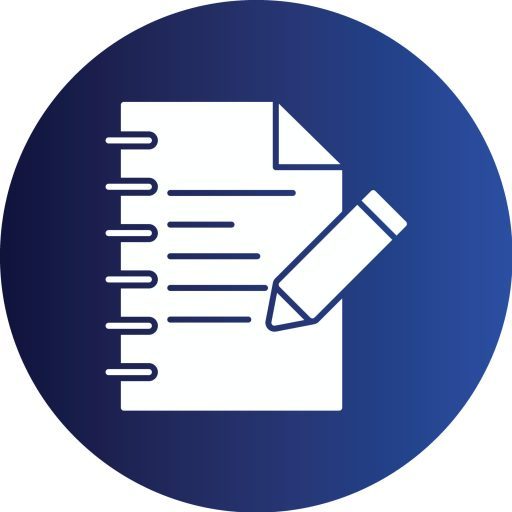week 4 initial post
As a clinical instructor in a nursing residency program, we use multiple educational
technologies according to the topic to be presented or specialty area. Nursing education
could be a complex topic to comprehend, so the use of smart boards, recording of
media, videos, or visual 3D designs are very helpful. Technological improvement in
education has made impacting changes in the educational system, even more during
and after the COVID 19 pandemic(Haleem et al., 2022).
We provide our residents with eBooks, to have accessible material that can be
accessed in their own time, a website design with all nursing procedures based on
company policies, health streams according to the needs of the unit for them to learn,
plus in-person skills development and real-life case scenarios to be completed through
simulation. As a blended program, those diverse technologies are essential to
developing a skillful and prepared workforce. The need for faculty members to know
how to use these technologies and keep learning is crucial for successful utilization and
to achieve excellence in the nursing residency program. Naturally, for newer
generations that grow up with digital media access, the use of these technologies
comes out naturally, but considering the variety of demographics and wide range of
ages that we can group, it could be challenging for the older generations. Faculties
should use innovative strategies along with technology to engage different kinds of
learners. Bloom’s taxonomy offers guidance to accomplish that. Because of all the
above-mentioned technologies used to teach, simulation is one of my preferred ways to
deliver and evaluate content, while the integration and correlation of multiple factors not
limited to knowledge, teamwork, delegation, and skills are fundamental. Not only do
high-fidelity mannequins give a real-life touch to learning, but also the development of
skills and critical thinking. Simulations enhance nursing students’ knowledge and
professional attitudes, without having to spend long time on rotations or internship
programs. This educational method helps to prepare graduates to enter the workforce
with the ability to quickly adapt and practice confidently in clinical settings to ensure
patient safety(Alshammari et al., 2025).
References
Alshammari, A., Innab, A., Nahari, A., Alanazi, H., Alanazi, R., & Almukhaini, G. (2025).
Impact of simulation-based learning on learning loss among nursing students: A
As a clinical instructor in a nursing residency program, we use multiple educational technologies according to the topic to be presented or specialty area. Nursing education could be a complex topic to comprehend, so the use of smart boards, recording of media, vide

